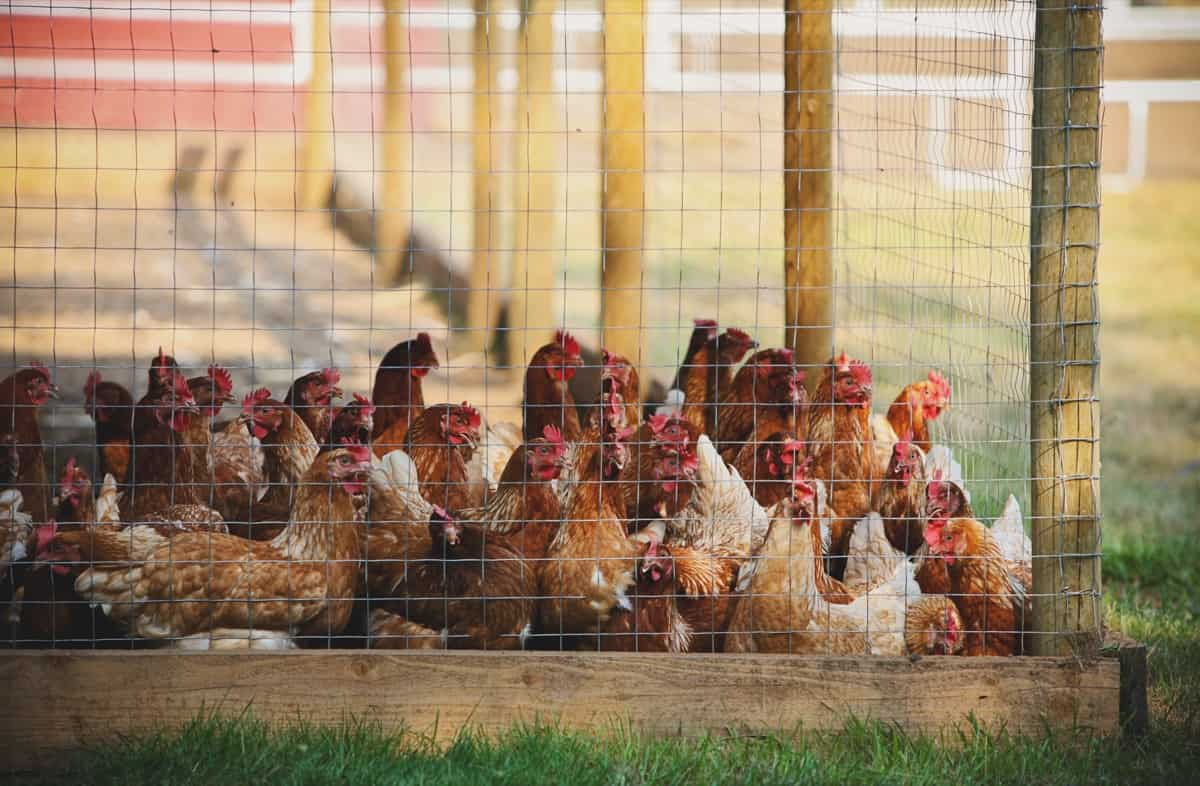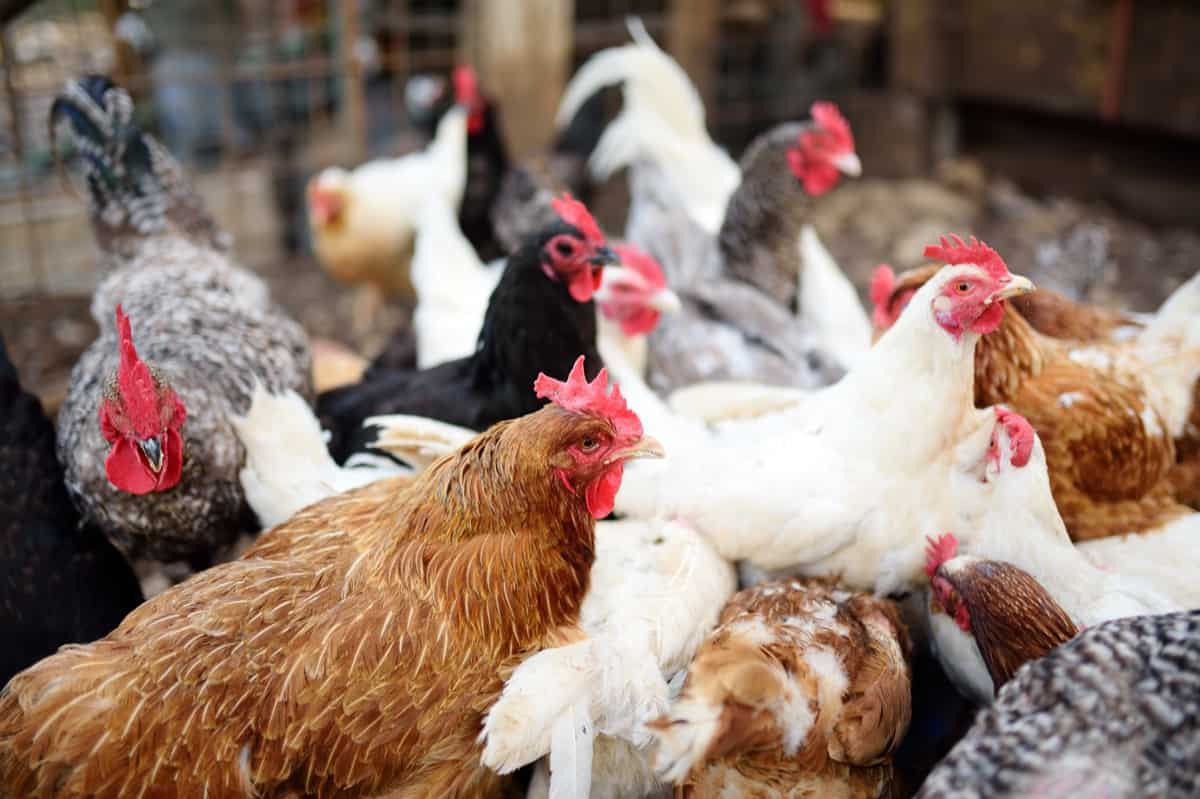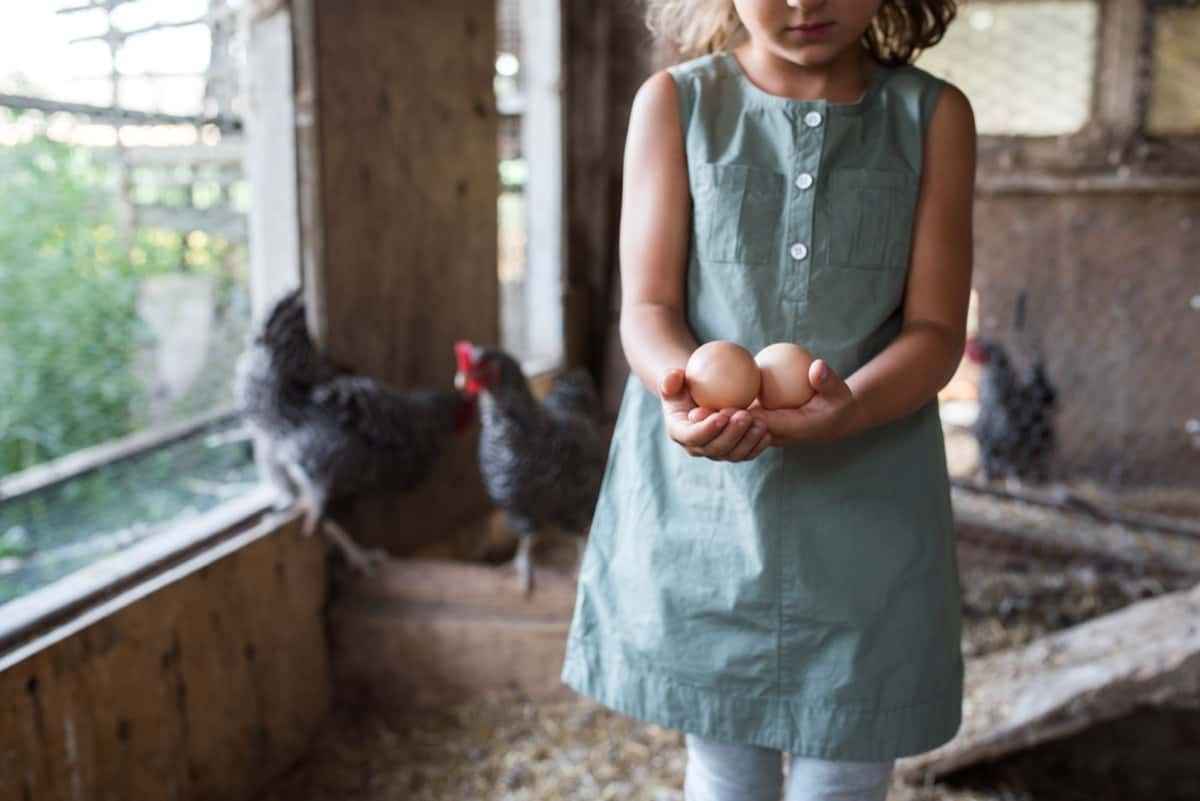Raising chickens in your backyard has become popular for those who enjoy sustainable living and fresh eggs. However, for successful chicken rearing, you need to provide your birds with a comfortable, safe, and healthy living environment, and that’s where chicken coops come into play. Below we learn the Ultimate Guide for Planning Chicken Coop.

The Ultimate Guide to Chicken Coops
Choosing the Location of the Chicken Coop
When it comes to raising chickens, the location of your chicken coop is critical for the health and safety of your flock. The first factor to consider is sunlight. Chickens require sunlight to produce vitamin D, essential for bone health and the immune system. Your chicken coop should get at least six hours of full sunlight. Avoid placing your chicken coop in a heavily shaded area, leading to health problems such as respiratory diseases and mite infestations.
The second factor to consider is water and feed access. Your chicken coop should be close to a water source, as chickens require constant fresh water to stay healthy. Additionally, the coop should be easily accessible for you to provide feed and water for your flock. Consider placing the coop near a garden hose or spigot for easy water access, and ensure that the area around the coop is free of obstructions that may make it difficult to carry in feed and water.
Do You Need a Permit for Chicken Coop
If you are thinking of building a chicken coop in your backyard, you may wonder whether you need a permit. In general, if you are building a small chicken coop for personal use, you may not need a permit. However, if you plan to build a larger coop or in a densely populated area, you may need to obtain a permit from your local government.
One of the main reasons you may need a permit for a chicken coop is to ensure that it meets your area’s safety and zoning requirements. These requirements may include things like the size of the coop, and the distance from neighboring properties. By obtaining a permit, you can ensure that your coop meets these requirements and is safe for your chickens and neighbors.
It’s important to note that failure to obtain a permit for your chicken coop can result in fines and other legal issues. Additionally, if your coop is found to violate local zoning laws, you may be required to remove it entirely. Therefore, checking with your local government before building a chicken coop is always a good idea to ensure you follow all the necessary rules and regulations.
Which Type of Chicken Coop is the Best
Traditional Coop
A traditional chicken coop is a classic choice for backyard chicken keepers. These coops are typically small wooden structures with an enclosed area for the chickens to roost and lay eggs and a fenced-in outdoor area to scratch and peck. They often have windows for ventilation and a door that can be closed at night to keep predators out. Traditional coops are a good option for those with few chickens who want a simple, cost-effective housing solution.
In case you missed it: Chicken Coop Ideas and Plans: Helpful Guide for Beginners

Mobile Coop
Mobile chicken coops, also known as chicken tractors, are great for those who want to give their chickens access to fresh grass and insects while protecting them from predators. These coops are typically smaller than traditional coops and have wheels or skids, making them easy to move around the yard. They are usually enclosed on all sides with wire mesh to keep predators out. Mobile coops are a good choice for small- to the medium-sized flock who want to give their chickens access to fresh forage.
Chicken Run
A chicken run is a fenced-in area where chickens can roam and scratch without risking wandering off or being attacked by predators. Chicken runs can be attached to a traditional coop or standalone structure. They can be made from various materials, including wire mesh or wood, and can be customized to fit your specific needs. Chicken runs are a good option for those with a larger flock or who want to give their chickens more room to move around.
What Chicken Coop Size Do I Need
When determining the appropriate size for a chicken coop, there are a few key factors to consider. The first is the number of chickens you plan to keep; each bird will need a certain amount of space to move around and roost comfortably. Generally, you should provide at least 2-3 square feet of floor space per chicken and 4-5 square feet of outdoor run space.
The coop should also be tall enough for the birds to stand up fully and have roosting bars. Additionally, you must factor in space for nesting boxes and food and water dispensers. Overall, ensuring the coop is not overcrowded is important, as this can lead to health problems and stress for your chickens.
How Much Does It Cost to Build a Chicken Coop
The cost of building a chicken coop can vary greatly depending on the design’s size, materials used, and complexity. A small, simple coop can cost as little as $100 to $200, while a larger, more elaborate coop can cost upwards of $1,000 or more. The materials used to build the coop, such as wood, wire mesh, and roofing materials, will also impact the overall cost.
Additionally, the cost of feeders, waterers, and other necessary accessories should be factored in. However, building a chicken coop can be a worthwhile investment for those interested in raising their chickens for eggs or meat, as it can provide sustainable and healthy food.
In case you missed it: How Much Does It Cost to Build a Chicken Coop?

Conclusion
In conclusion, a chicken coop is the heart of your backyard flock’s living space, and building or selecting the right one is critical for their safety, health, and comfort. From choosing the right size and design to providing adequate ventilation and cleaning, there are many factors to consider when constructing or selecting a chicken coop.
- Feed Your Flock for Less: Top 10 Tips to Save on Chicken Feed
- Ultimate Guide to Ossabaw Island Hog: Breeding, Raising, Diet, and Care
- Hatching Answers: The Top 10 Reasons Your Chickens Aren’t Laying Eggs
- Eggs and Economics: Breaking Down the Cost of Raising Backyard Chickens
- Defend Your Greens: Proven Methods to Keep Iguanas Out of Your Garden
- Ultimate Guide to Cinnamon Queen Chicken: A Comprehensive Guide for Beginners
- Ultimate Guide to California Tan Chicken: Breeding, Raising, Diet, Egg-Production and Care
- Ultimate Guide to Marsh Daisy Chicken: Breeding, Raising, Diet, and Care
- 10 Types of Chicken Farming Businesses You Can Start for Profits